Indy Environment: First-of-its-kind report reveals heat’s stark toll on Nevadans’ health
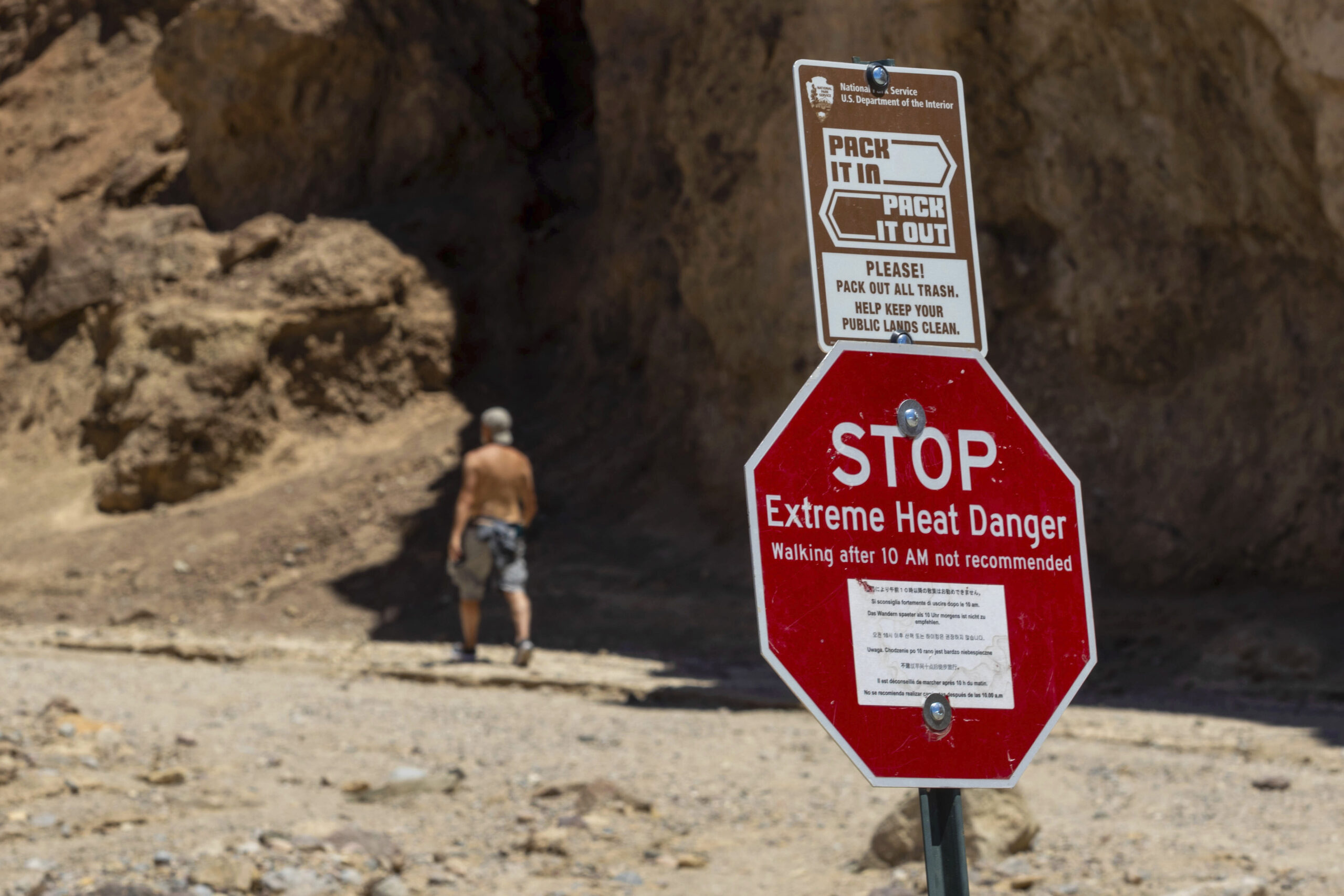
Good morning, and welcome to the Indy Environment newsletter. I'm Amy Alonzo, the environment reporter for The Indy.
As always, we want to hear from readers. Let us know what you’re seeing on the ground and how policies are affecting you. Email tips to me at [email protected].
To get this newsletter in your inbox, subscribe here.
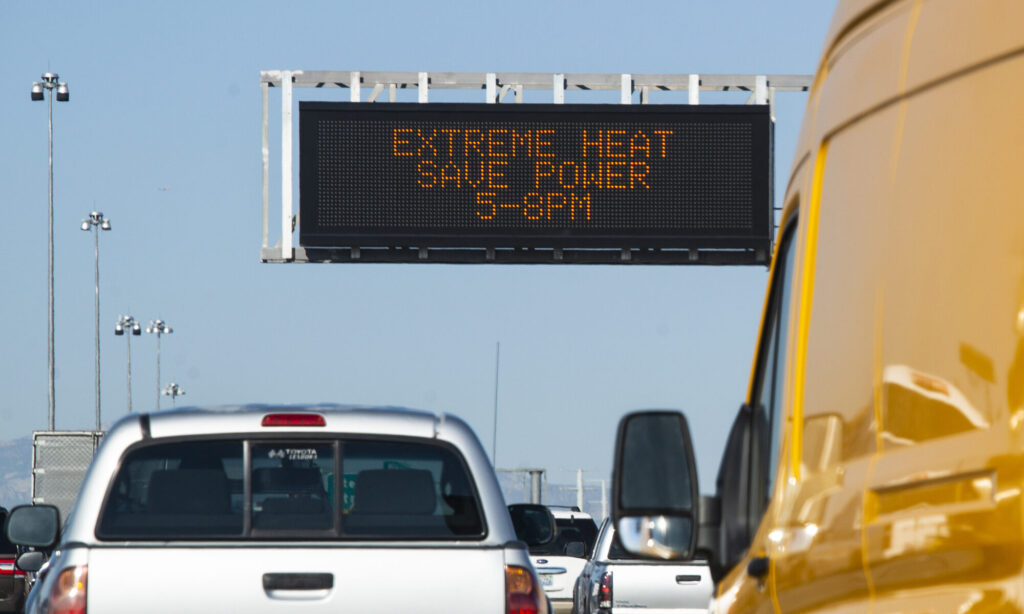
With just two months until the winter solstice, temperatures are finally cooling off, a relief from the relentless heat Nevadans experienced this summer.
From July through September, Las Vegas recorded 74 days above 100 degrees, making it the hottest summer period since record keeping began in 1937.
The city easily broke its own heat record July 7, when temperatures reached a scorching 120 degrees.
In Northern Nevada, Reno set its own record by recording four consecutive days with temperatures of 105 degrees.
Nevadans across the state suffered.
Along with the scorching temperatures, state officials recorded a substantial increase in the number of people seeking treatment for heat-related illness.
There were 28 percent more visits to emergency rooms this summer than there were during the summer of 2023, according to a first-of-its-kind report issued by the Office of State Epidemiology. The 3,750 visits made for heat-related illnesses this year — considered everything from mild cramps to potentially deadly conditions such as heat stroke — from May 1 through Sept. 22 were also the highest number of visits recorded in the last five years.
In addition, hundreds of people in the state died from heat.
This year, through Oct. 16, 402 people had died from heat-related factors, according to the Southern Nevada Health District. It marks the most people who have died from heat-related issues than in any year previously recorded. The county’s previous record was 309, set last year, the Las Vegas Review-Journal previously reported.
The number of people who died from heat exposure annually in Southern Nevada rose nearly fourfold from 2015 to 2021.
The World Health Organization ranks heat as among the most dangerous natural hazards. Each year from 2000 through 2019, nearly a half million people died worldwide from heat.
But in Nevada, home to two of the fastest-warming cities in the country, heat remains an overlooked issue. While Southern Nevada Health District tracks heat-related deaths, Northern Nevada Public Health, which oversees the second-largest metropolitan area in the state, does not. Some of Nevada’s most rural counties don’t have emergency facilities able to track the data.
Efforts to forward the conversation around heat at the state level in 2022 and 2023 stalled. And while Nevada code outlines what conditions health departments should report, and was just updated last year, heat is not one of them.
Breaking down the numbers
The report, which used data from 41 emergency departments, marks the first time the office has published statewide data about heat-related illnesses.
“This is a great chance for us to start getting a sense of who's affected and where they’re affected,” said State Epidemiologist Jeanne Ruff.
But only tracking emergency room visits also paints an incomplete picture. In some of Nevada’s smallest and least populated counties there are no emergency room facilities to report data.
The numbers we do have show that almost 90 percent of reported heat-related visits — 2,890 — were in Clark County. With 73 percent of the state’s population and the state’s hottest temperatures, those numbers make sense.
Adjacent Nye County leads the state in per capita visits for heat-related emergency treatment.
Statewide, visits peaked this summer on July 11, when 99 people sought treatment. The temperature reached 118 degrees in Las Vegas that day.
Will lawmakers step up in the 2025 session?
Members of Nevada’s federal delegation have taken steps to address heat. Earlier this year, Sen. Jacky Rosen (D-NV) and Rep. Dina Titus (D-NV) introduced back-to-back bills — Rosen with legislation to expand funding to allow extreme heat to qualify as a major disaster, and Titus with a bill to expand extreme heat mitigation measures.
But at the state level, efforts have largely languished.
In 2022, it looked like the state was starting to address the issue when former Gov. Steve Sisolak launched a Statewide Heat Plan. The following year, Sen. Edgar Flores (D-Las Vegas) introduced a bill that would have established legal protections for workers at risk of heat illness and set the threshold for extreme heat at 105 degrees.
But lawmakers failed to advance the bill, and Sisolak’s efforts now appear to be defunct — links to the plan, and the team tasked with executing it, no longer work on the state’s website.
Which begs the question — will state lawmakers step up to the plate to address heat and its effects this next session? We’ll find out in a few months.
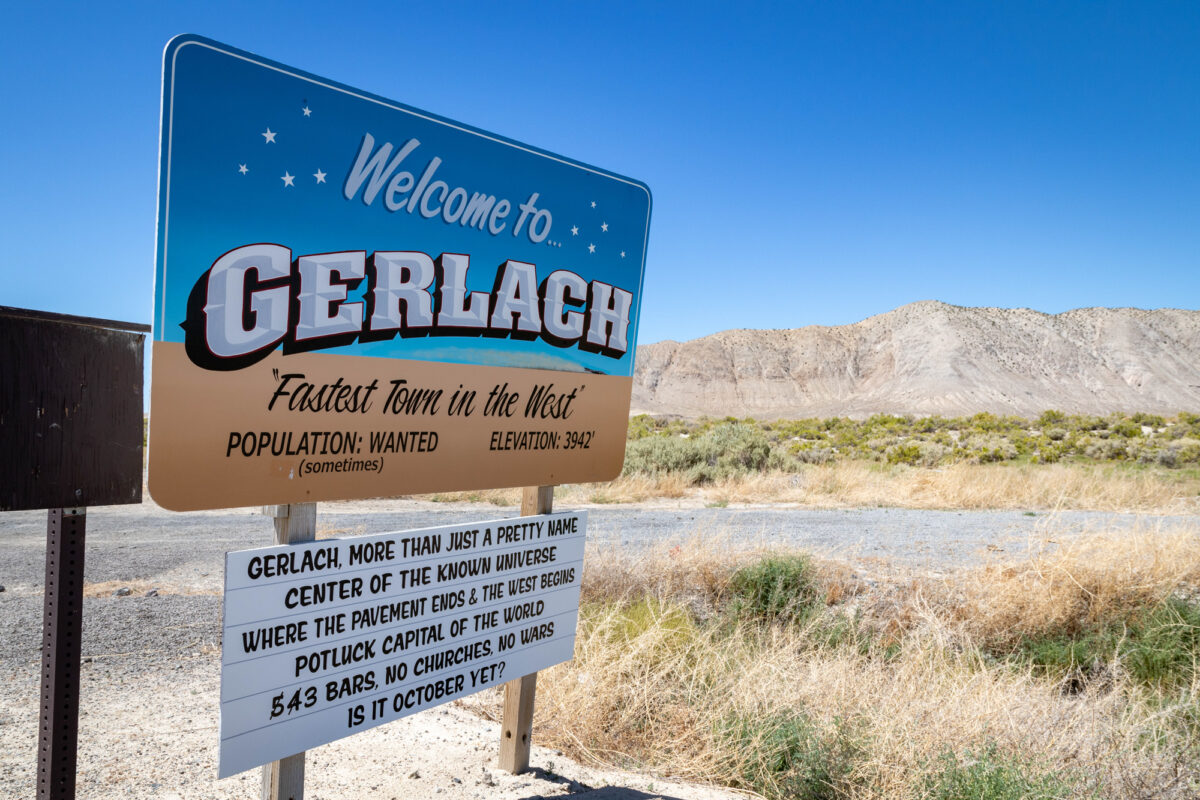
In the weeds
Burn, baby, burn — Burning Man Project is stepping into the conservation business.
Through an agreement that ends a nearly two-year lawsuit with the federal government, the nonprofit arts and culture festival is buying back leases issued to Reno-based geothermal company Ormat Technologies and converting the land into a conservation zone.
With the support of Gerlach residents, an area tribe and a preservation society, Burning Man alleged the BLM permitted exploratory drilling without considering the project’s effects, such as the drilling depleting the local hot springs and water supply, and that it illegally segmented the project to avoid a rigorous environmental review process.
As part of the agreement, Ormat will continue with its geothermal development outside of the new conservation area.
Pump woes — A new bill signed by Democratic California Gov. Gavin Newsom could mark an end to spikes in fuel prices for West Coast drivers — or it could cause them to skyrocket, depending on who you ask.
The bill, intended to curb surges in gas prices, requires oil refineries to keep a minimum supply of fuel they can tap into during maintenance periods, ensuring there aren’t price spikes correlated to shortages during those periods. But Republicans and oil companies say it could drive up pump prices, reports Cal Matters, and is simply a tool to get people to drive less.
So why does a bill signed in California matter in Nevada? Because Nevadans get their gasoline from California. Northern Nevada gets its fuel from the Bay Area and Las Vegas gets its fuel from the Los Angeles area.
On Oct. 16, the national average cost for a gallon of regular fuel was $3.20, but Californians and Nevadans were paying more than that. The average price in California was $4.67. Drivers in Las Vegas were paying $3.86 while those in Reno were paying $4.34.
As the effects of the Newsom bill play out, there is something else to keep an eye on in California. On Nov. 8, California energy regulators are expected to vote on new policies targeting carbon emissions that could raise the state’s prices at the pump by nearly 50 cents a gallon, according to the Los Angeles Times.
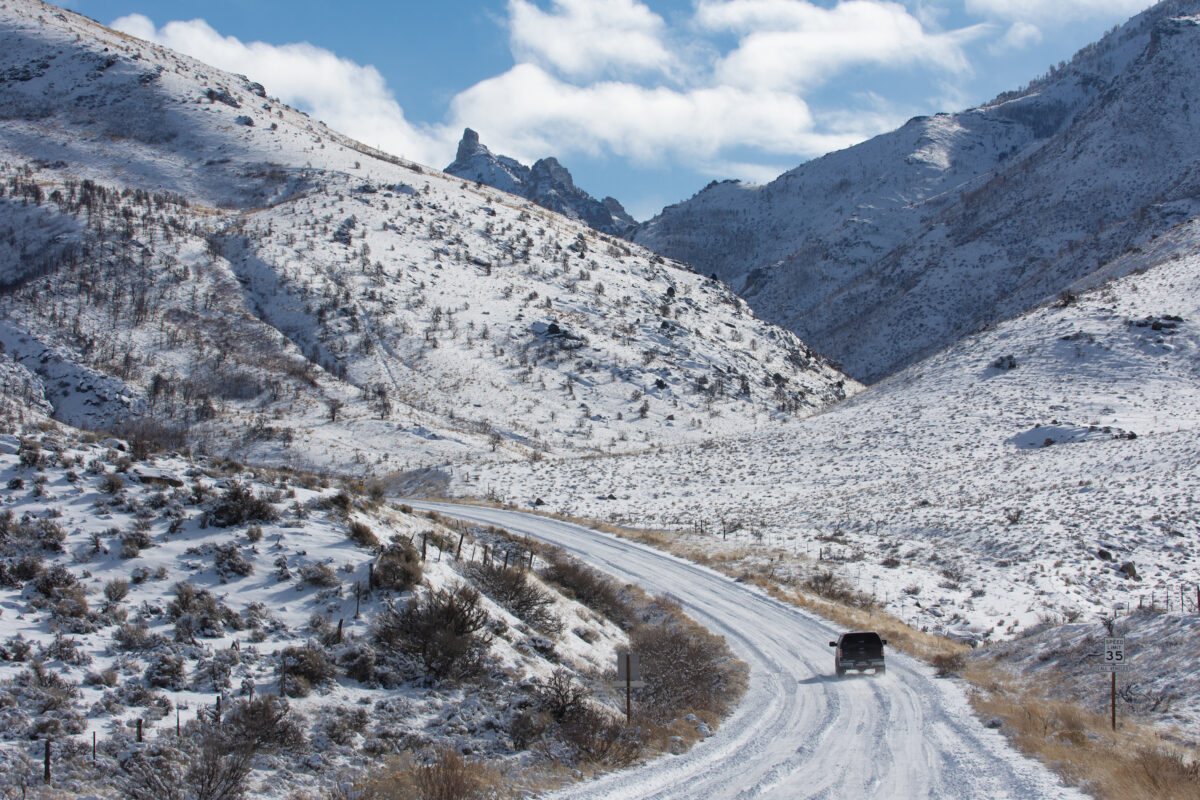
ICYMI
Bring on the powder — Could Elko’s Ruby Mountains be the next West Coast ski destination? A California businessman thinks so.
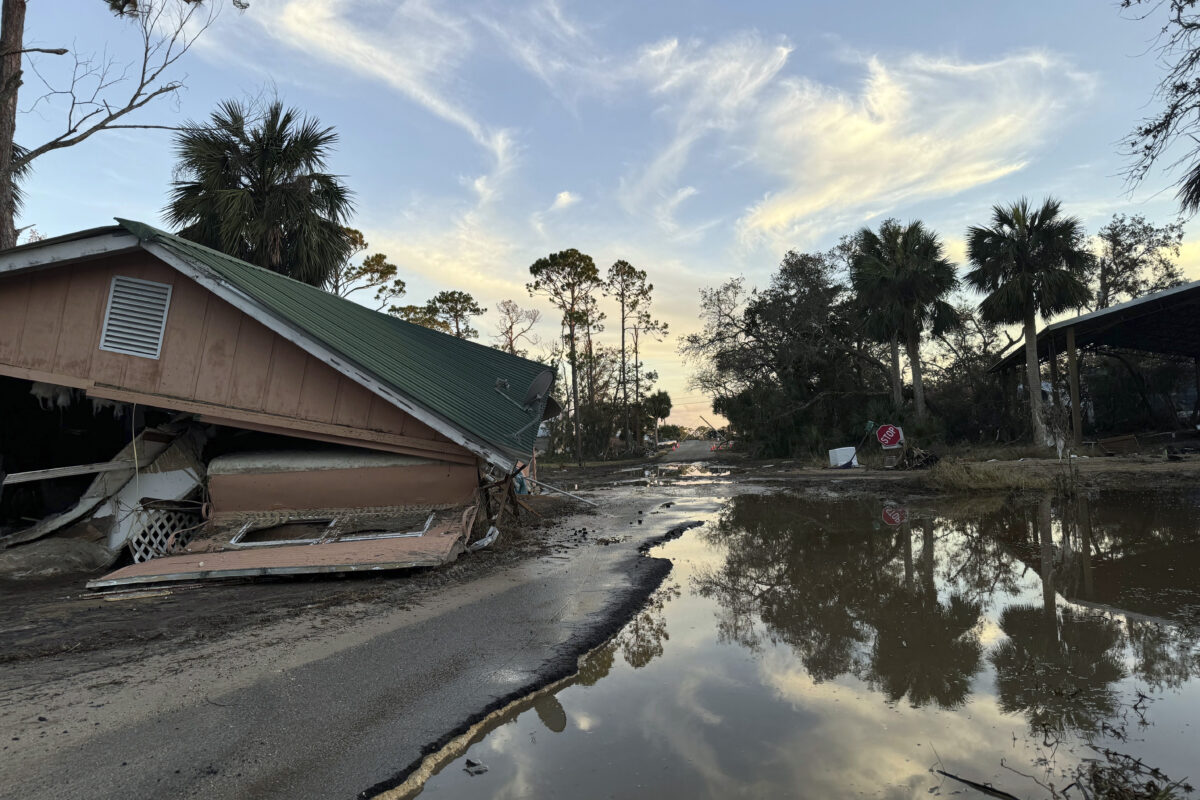
Here’s what else I’m reading (and listening to) this week:
- I lived on the East Coast for several years and still have friends and acquaintances in the area. During Hurricane Helene, some of them barely received any rain while others were in the eye of the storm and are still struggling to access electricity and clean water. This piece from Inside Climate News (published in the lull between Hurricane Helene and Hurricane Milton) breaks down some of the science behind why the hurricane hit with such force and how a warming climate is thought to have played a role.
- The overwhelming majority of wildfires in the country are started by humans — campfires left unattended, cigarettes left smoldering, gender reveal parties gone wrong. A Colorado man added to the list of random ways to spark a wildfire when he ignited a 7,200-acre blaze after attempting to cremate his dog, according to CBS News.
A closer look
White Pine County Tourism and Recreation has wrapped up an artist-in-residence program with Oregon-based Katie Reim, who masterfully captured the wonder of Great Basin National Park in a series of paintings.
